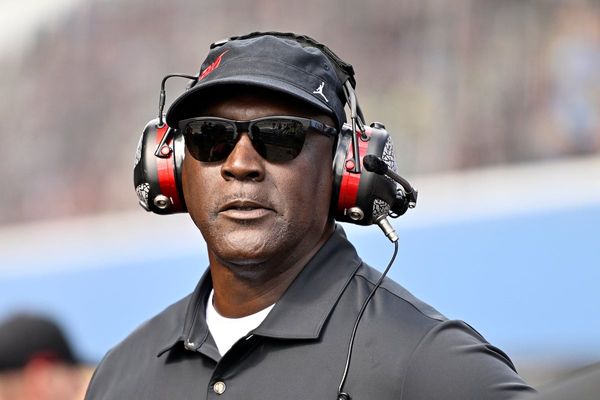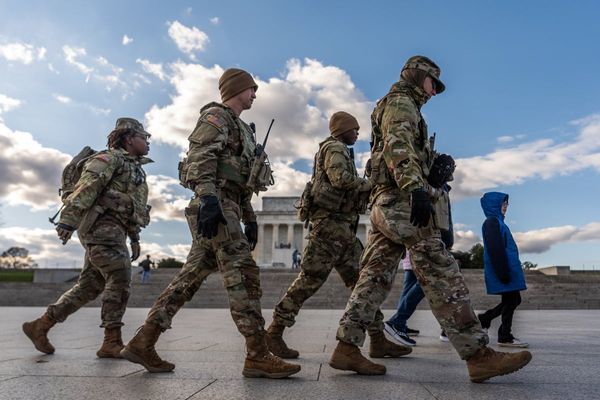As life expectancy rises and birth rates decline, a nation begins to see a larger proportion of its population ageing. India will soon approach a critical juncture where the proportion of elderly will peak, placing an overwhelming strain on the working populace. Women, who generally outlive men, are at the centre of this crisis. As a high share of them are out of the labour force, they lack savings. They are more prone to health issues compared to men and often find basic tasks more challenging during their sunset years. They are also less aware about government schemes than men.
- The share of elderly population is estimated to double to 20.8% by 2050. Also, elderly women will outnumber senior men.
- Close to 30% of women above 60 years have one morbidity and nearly 25% suffer from two morbidities.
- 30% of elderly women have difficulty getting out of bed, while 25% find it tough to take a bath and eat without assistance.
- Less than 25% of elderly women are aware of concession schemes given by the government for senior citizens.
Chart 1: Greying India
The number of senior citizens (aged 60+) in India has markedly increased since 2010, while there has been a drop in the population aged under 15. By the year 2100, seniors are projected to constitute 36% of India’s total population.
Chart appears incomplete? Click to remove AMP mode
Chart 2A: Dependency by region
The graph displays the old-age dependency ratio, which represents the number of individuals aged 60 and above for every 100 people in the 15 - 59 age bracket. A heightened ratio indicates a significant demand for care within families.
Chart 2B: Elderly and young
The graph presents the ageing index, which signifies the number of seniors (60 years and above) for every 100 children (under 15 years of age). A rise in the ageing index points to reduced fertility rates.
Chart 3: Sex ratio among elderly
The chart shows the number of old women per 1,000 old men in 2021 and 2011. Elderly women outnumber senior men in most regions.
Click to subscribe to our Data newsletter
Chart 4: Working Status
The graph illustrates the employment status of the senior population, segmented by gender and location. Merely 22% of senior women are employed.
Chart 5: Disease prevalence
The chart shows the prevalence of chronic morbidities among older men and women. Elderly women had a higher prevalence of such health conditions than men.
Chart 6A: Challenges faced with basic activities (elderly men)
The chart shows the % of older men experiencing difficulty in performing basic activities. The two most difficult activities were getting out of bed and using the toilet.
Chart 6B: Challenges faced with basic activities (elderly women)
The chart shows the % of older women experiencing difficulty in performing basic activities. A relatively higher share of women than men faced difficulties.
Chart 7: Depression among elderly
The chart shows the prevalence of depression among the elderly by age and sex. The incidence of depression was higher among elderly women across age groups.
Chart 8: Utilisation of security schemes
The chart shows the share of elderly who benefit from various social security schemes. Only 24% of widowed women in BPL households receive benefits through the IGNWPS^.
Table 9: Hindrances in receiving benefits
The table shows the share of elderly in BPL households not utilising social security schemes. Over 47% of elderly widows believe that they are not eligible to get benefits under IGNWPS*.
Chart 10: Awareness of concessions
The chart shows the share of elderly who are aware of concession schemes given by the government. The awareness of concessions is lower in rural areas among women.
Source: India Ageing Report 2023, UNFPA
Also read | Food delivery partners’ double whammy: Decreasing income levels, rising petrol costs | Data
Listen to our podcast | What decides women’s marital age — wealth, education or caste | Data Point podcast







